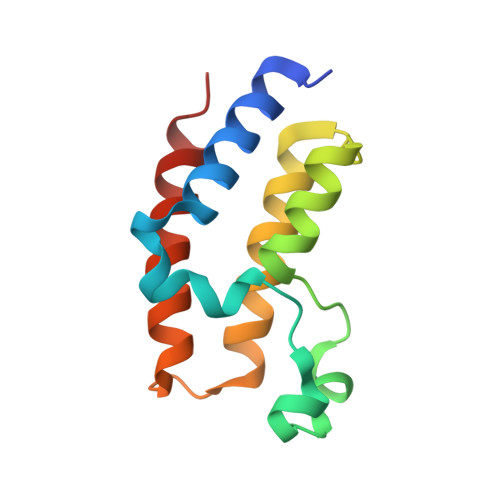Stereoselective synthesis of allele-specific BET inhibitors.
Bond, A.G., Testa, A., Ciulli, A.(2020) Org Biomol Chem 18: 7533-7539
- PubMed: 32756710
- DOI: https://doi.org/10.1039/d0ob01165g
- Primary Citation of Related Structures:
6YTM - PubMed Abstract:
Developing stereoselective synthetic routes that are efficient and cost-effective allows easy access to biologically active molecules. Our previous syntheses of allele-selective bumped inhibitors of the Bromo and Extra-Terminal (BET) domain proteins, Brd2, Brd3, Brd4 and BrdT, required a wasteful, late-stage alkylation step and expensive chiral separation. To circumvent these limitations, we developed a route based on stereocontrolled alkylation of an N-Pf protected aspartic acid derivative that was used in a divergent, racemisation-free protocol to yield structurally diverse and enantiopure triazolodiazepines. With this approach, we synthesized bumped thienodiazepine-based BET inhibitor, ET-JQ1-OMe, in five steps and 99% ee without the need for chiral chromatography. Exquisite selectivity of ET-JQ1-OMe for Leu-Ala and Leu-Val mutants over wild-type bromodomain was established by isothermal titration calorimetry and X-ray crystallography. Our new approach provides unambiguous chemical evidence for the absolute stereochemistry of the active, allele-specific BET inhibitors and a viable route that will open wider access to this compound class.
Organizational Affiliation:
Division of Biological Chemistry and Drug Discovery, School of Life Sciences, University of Dundee, James Black Centre, Dow Street, Dundee DD1 5EH, UK. a.ciulli@dundee.ac.uk.
















